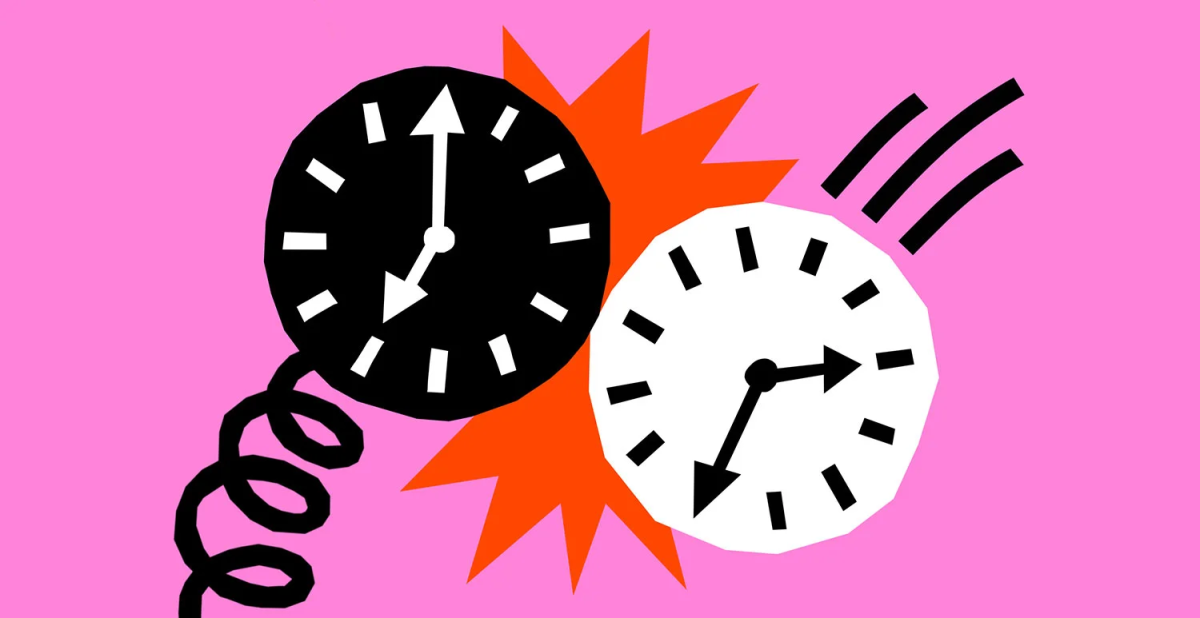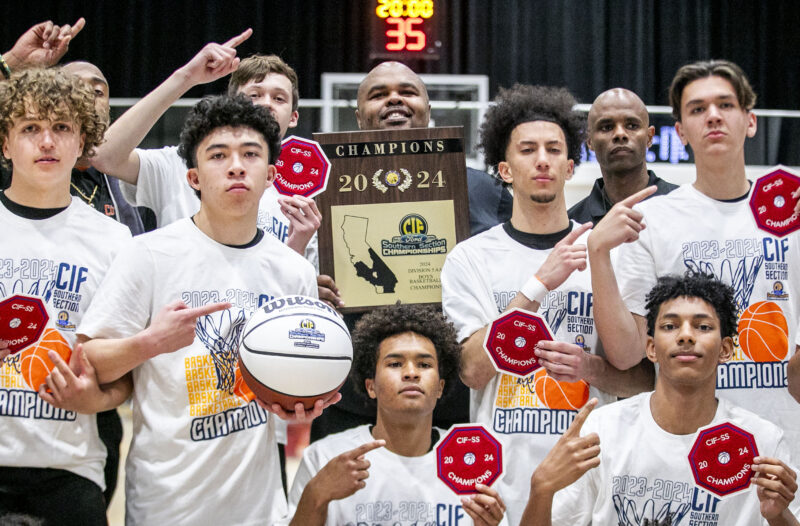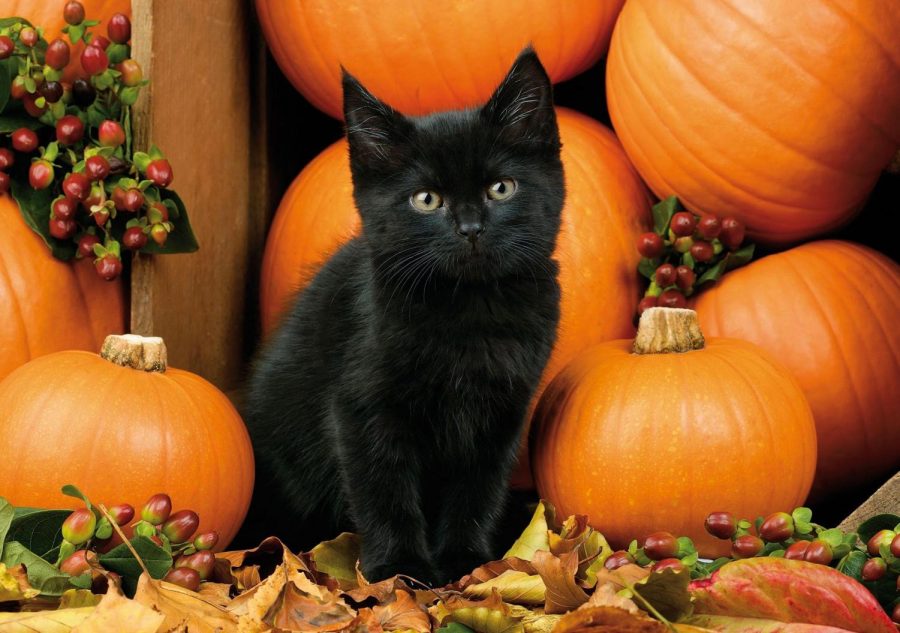Black Cats and Their History
October 7, 2021
At this time of year, it is common to see pumpkins, gourds, and bales of hay decorating homes in honor of the season. It is also common to see ghosts, zombies, tombstones, bats, and skulls. All of these spooky things have become symbols of Fall and Halloween, but another symbol is one that is full of interesting history. It was not always connected to the spooky Halloween season. Although with its arched back and long claws it makes a great statue or cardboard cutout to put in the window for trick-or-treaters to see: the black cat. Different cultures have had their own superstitions about it. Witches have been thought to transform into it, and people’s fascination with it is clear in the movies we watch and the pets we choose.
Black cats have had different histories all over the world. Egyptians worshiped a goddess named Bast who was pictured as a black cat. This encouraged the Egyptians to care for black cats, so they would be favored by the cat goddess. In parts of England, a black cat when given as a wedding gift was said to bring good luck to the bride. Also in England, black cats were considered good luck aboard ships, and sailor’s wives who kept black cats at home were ensuring the safe return of their husbands. Celtic mythology describes a fairy who took the form of a black cat who brought good luck as frequently as it brought bad. During the Middle Ages, in most Western cultures black cats were looked upon as a symbol of evil omens. Their dark color and shiny eyes were seen as scary and suspicious. They were suspected of being a witch’s familiar or even being witches themselves. The people in those times who owned black cats were persecuted or even killed.
But why were black cats suspected of working with witches? It is believed that this superstition began around the Middle Ages of Europe, “a folklore spread about a man and his son who came across a black cat, which they began to toss rocks at. The injured cat ran into a woman’s house who was suspected of being a witch and when the woman happened to appear limping and bruised the next day, people suspected that the cat must be the woman in disguise.”
Other theories from this time suggest that people started to see black cats as a sign of death, and bad luck simply because of the color of their fur. Mass killings of black cats spread around Europe as people tried to get rid of bad luck and death signs. Also during this time, women began to be accused of witchcraft as ignorant people looked to explain the things they didn’t understand about the world. Women who were different or lived alone or who angered a neighbor were all at risk of being accused of witchcraft, and black cats were associated with these women because both were seen as mysterious and dangerous or evil. Even today, witches are often pictured with black cats riding on their broomsticks or walking by their sides.
Black cats continued to be seen as symbols of evil and death even when witch hunting came to an end. Edgar Allan Poe titled his short story about insanity and murder “The Black Cat”. Black cats are also still very connected to witches and witchcraft even in modern times. Popular television show Sabrina the Teenage Witch has a black cat as one of its main characters, the warlock-turned- family pet, Salem. In the popular movie, Hocus Pocus, three witches turn a boy into a black cat, who is an important character in the story. Black cats aren’t only symbols of mystery and witchcraft, though. Some of the best known black cats nowadays are just goofy and fun, like the cartoon characters Felix the Cat and Sylvester from Looney Toons. Even The Simpsons features a pet black cat, Snowball. And if you’re not watching a black cat in a movie or on TV, there’s a very good chance that a black cat is snuggling you or someone you know.
So next time you see a black cat roaming around or decorating your neighbor’s windows, you can think about all the things they have meant to different people, and all the spells they might be casting when you’re not looking!









































